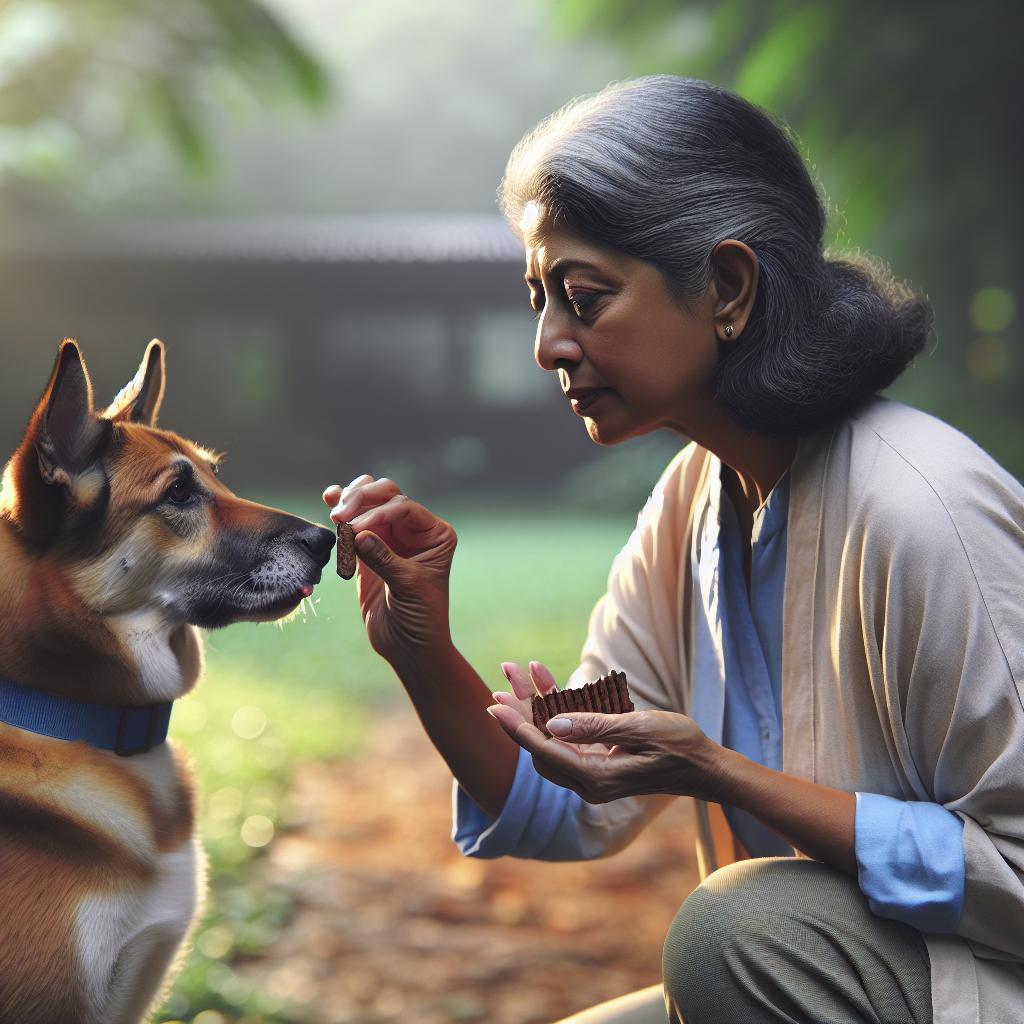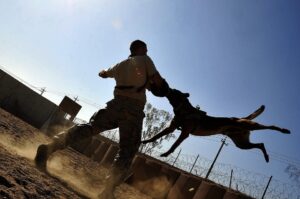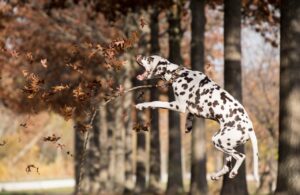
A hyperactive dog can be a handful, not only for you but also for your family and the neighborhood. While some breeds are naturally more energetic than others, hyperactivity often results from a lack of proper training, exercise, or mental stimulation. Fortunately, with the right approach, you can manage and even reduce your dog’s hyperactive tendencies. This article will provide top training tips to help calm your hyperactive dog, ensuring a more harmonious home environment.
Understanding Hyperactivity in Dogs
Before diving into training tips, it’s crucial to understand what hyperactivity in dogs entails. Hyperactivity, or hyperkinesis, can manifest as excessive energy, difficulty in concentrating, impulsive behavior, and a constant need for attention. While certain breeds like Border Collies, Jack Russell Terriers, and Siberian Huskies are more prone to high energy levels, any dog can exhibit hyperactive behavior if not given adequate outlets for their energy.
Causes of Hyperactivity
Several factors can contribute to hyperactivity in dogs:
1. **Lack of Exercise**: Dogs require regular physical activity to expend energy. Without adequate exercise, they may become restless and display hyperactive behavior.
2. **Insufficient Mental Stimulation**: Dogs, especially intelligent breeds, need mental challenges to keep their minds occupied. Boredom can lead to hyperactivity as they look for ways to entertain themselves.
3. **Inconsistent Training**: Inconsistencies in training can confuse dogs, leading to anxiety and hyperactivity.
4. **Dietary Issues**: A diet high in sugar and carbohydrates can increase a dog’s energy levels, contributing to hyperactivity.
5. **Underlying Health Issues**: Some medical conditions, such as thyroid imbalances or neurological disorders, can cause hyperactivity.
Top Training Tips to Calm Your Hyperactive Dog
Regular Exercise
One of the most effective ways to manage hyperactivity is through regular exercise. Ensure your dog gets at least 30 minutes to 2 hours of physical activity each day, depending on their breed and age. Activities like walking, running, playing fetch, or swimming can help burn off excess energy. Regular exercise not only benefits your dog physically but also mentally, reducing stress and anxiety.
Structured Training Sessions
Structured training is essential for teaching your dog how to behave appropriately. Start with basic commands such as sit, stay, and come. Use positive reinforcement techniques, rewarding your dog with treats or praise for good behavior. Consistent training helps your dog understand expectations, reducing anxiety and hyperactivity.
Incorporate Mental Stimulation
Mental stimulation is just as important as physical exercise. Engage your dog in activities that challenge their mind, such as puzzle toys, scent games, or obedience training. Teaching new tricks or commands can also provide mental enrichment. When a dog’s mind is actively engaged, they are less likely to exhibit hyperactive behavior.
Establish a Routine
Dogs thrive on routine as it provides a sense of security and predictability. Establishing a consistent daily routine for meals, walks, playtime, and training can help your dog feel more relaxed and less anxious. This predictability can reduce the tendency towards hyperactivity.
Practice Calmness
Your behavior can influence your dog’s energy levels. If you remain calm and composed, it encourages your dog to mirror your behavior. Avoid overly excited greetings or play sessions, as these can escalate your dog’s energy levels. Instead, reward calm behavior with attention and treats.
Environmental Enrichment
Enhance your dog’s environment by providing toys, chew items, and opportunities for exploration. Rotate toys regularly to keep them interesting. Create a safe space where your dog can retreat to when they feel overwhelmed. An enriched environment can prevent boredom and reduce hyperactive behavior.
Socialization
Socializing your dog with other dogs and people can help reduce hyperactivity by providing new experiences and learning opportunities. Regular playdates or visits to a dog park can teach your dog how to interact appropriately, burn off energy, and reduce anxiety.
Control Diet and Nutrition
Diet plays a significant role in your dog’s behavior. Ensure your dog is on a balanced diet that’s appropriate for their age, size, and breed. Avoid foods high in sugar and artificial additives, as these can contribute to hyperactivity. Consult with your veterinarian for dietary recommendations tailored to your dog’s needs.
Use Calming Products
There are various calming products available that can help manage hyperactivity. Products like calming collars, sprays, or supplements containing ingredients such as chamomile or lavender can help soothe anxious or hyperactive dogs. Always consult with your veterinarian before introducing new supplements.
Seek Professional Help
If your dog’s hyperactivity seems unmanageable despite your efforts, consider seeking help from a professional dog trainer or behaviorist. They can assess your dog’s behavior and provide personalized strategies to address hyperactivity effectively.
Monitoring Progress and Adjusting Strategies
As you implement these training tips, it’s important to monitor your dog’s progress. Keep track of changes in their behavior and energy levels. Be patient, as some dogs may take longer to respond to training than others. Adjust your strategies as needed, and celebrate small victories along the way.
Conclusion
Managing a hyperactive dog requires patience, consistency, and dedication. By understanding the causes of hyperactivity and implementing structured training, regular exercise, mental stimulation, and a balanced diet, you can help your dog channel their energy positively. Remember, every dog is unique, so tailor your approach to suit your dog’s specific needs. With time and effort, you can create a calm and harmonious environment for both you and your furry friend.
#ChatGPT assisted in the creation of this article.






